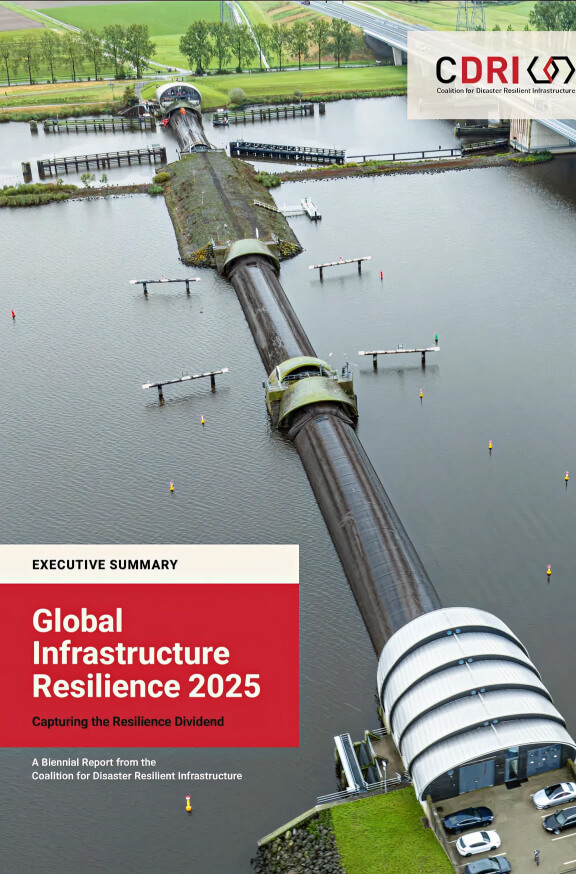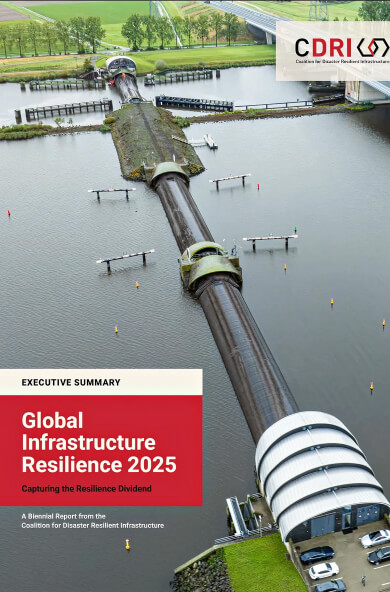This is the Executive Summary of the Global Infrastructure Resilience Report 2025.
GIR 2025 report emphasizes the urgent need to incorporate resilience into infrastructure planning and investment. It shows that economic losses from service disruptions after disasters are, on average, 7.4 times higher than direct infrastructure damage.
The report emphasizes the importance of risk assessments, faster reconstruction, and governance reforms to reduce these losses. It advocates for localized risk modelling, institutional readiness, and innovative financing, including insurance and risk pooling. Businesses must also build end-to-end resilience across supply chains.
With over 75 case studies, GIR 2025 provides actionable insights across key pillars, including technology, finance, governance, and nature-based solutions. It calls for global cooperation to ensure infrastructure systems can withstand, adapt to, and recover from disasters, turning resilience into a driver of sustainable, inclusive growth.
Key points
- Economic losses from service disruptions exceed direct infrastructure damage costs.
- Faster reconstruction halves the GDP impact compared to delayed recovery efforts.
- Risk assessments guide resilient investments and infrastructure planning decisions.
- Businesses need resilient supply chains to reduce disaster vulnerabilities.
- Financing resilience requires layered tools like insurance and risk pooling.
- Governance reforms strengthen infrastructure recovery and long-term development stability.






